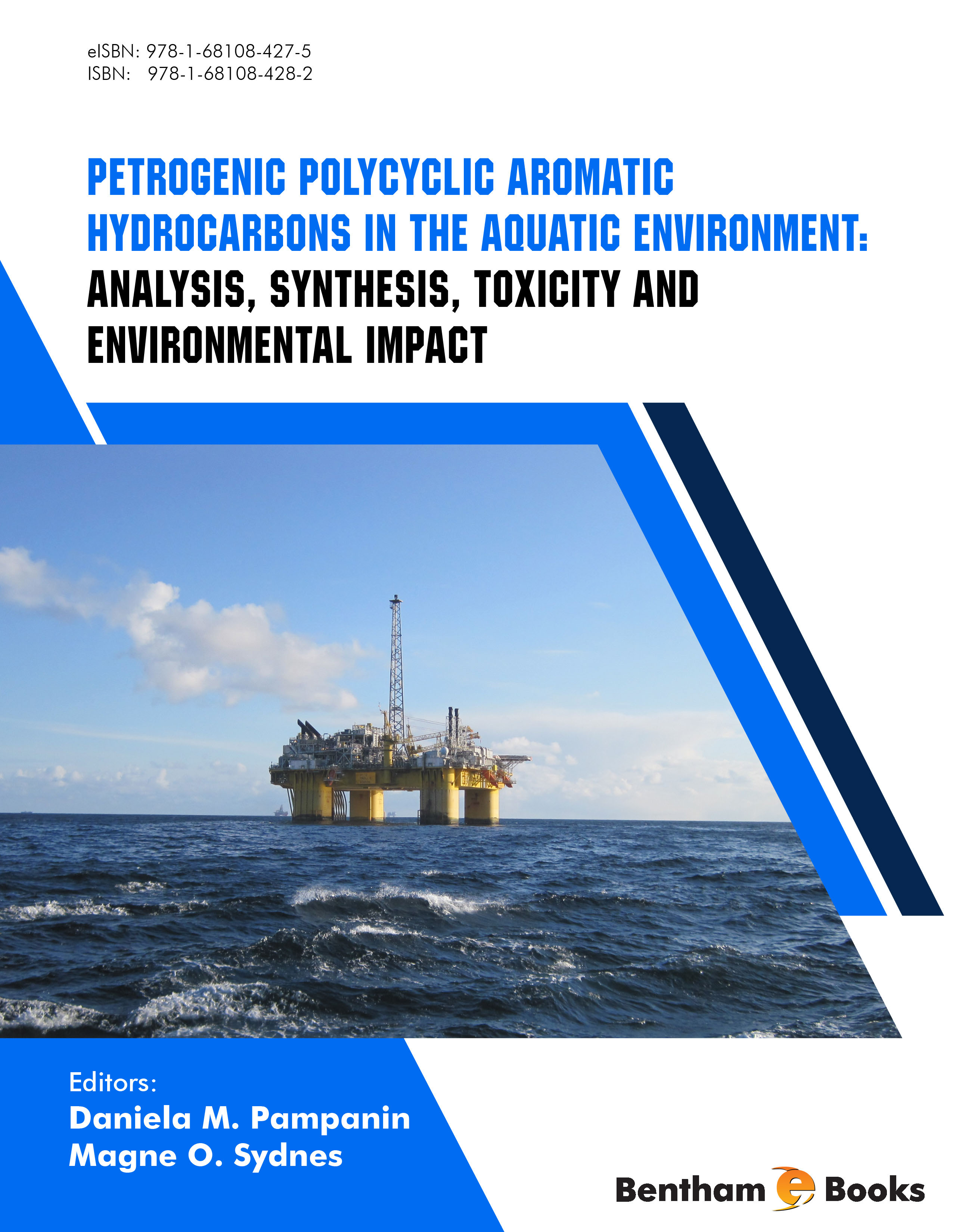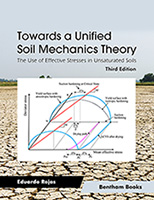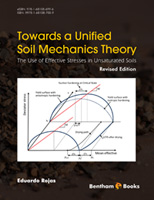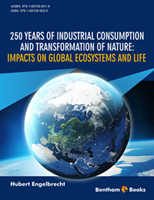Introduction
Although a lot is known about the influence of Polycyclic Aromatic Hydrocarbons (PAHs) on the marine environment, there are still many unanswered questions. Petrogenic Polycyclic Aromatic Hydrocarbons in the Aquatic Environment is a monograph that sums up basic knowledge about this topic while highlighting current research practices useful in studying the aquatic environment. It starts with an introduction to effect of PAH in the marine environment. It then proceeds to provide information on techniques to monitor PAH levels and investigate the affected environment in order to control the subsequent negative effects. Chapters also detail the carcinogenic and endocrine effects of PAHs on fish as well as the degradation of PAHs by microorganisms. This monograph is a useful reference for environmental science students and professionals learning about the role of PAH in the marine environment.





